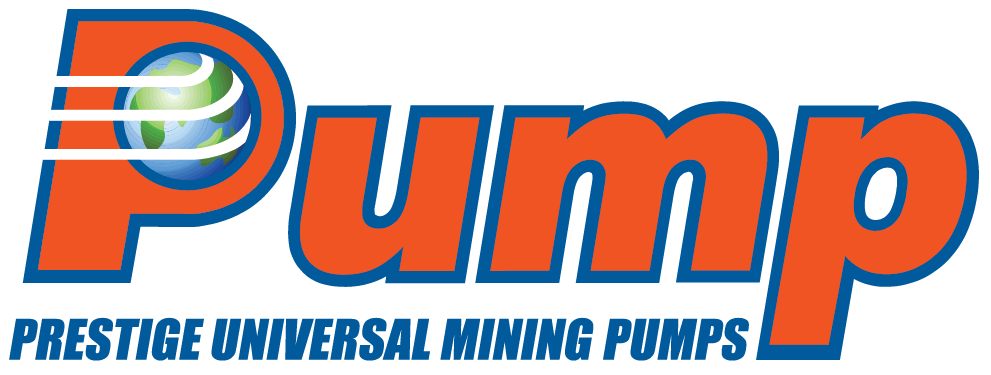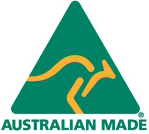Cavitation is a common problem with mining pumps – if you hear strange noises from your pump, chances are cavitation is at play. But what is cavitation? And how can it be prevented?
Understanding Pump Cavitation
To mitigate the issue of pump cavitation, it is crucial to understand what it is and how it occurs. There are a range of types of cavitation, but the process is relatively similar across each of them.
The definition of cavitation is as follows:
“Cavitation is the formation and accumulation of bubbles around a pump impeller. This tends to form in liquids of any viscosity as they are transported around a pump system. When each of these tiny bubbles collapse or burst, it creates a high energy shock wave inside the liquid – imagine throwing a stone into a pond. The circular ripples which are created in this process are similar to cavitation bubbles exploding. Due to the sheer number of bubbles creating these shock waves, the impeller and other pump components can be eroded over time.”
Causes of Pump Cavitation
Pumps are designed to work with a full flowing supply of water, however in some cases there may not be enough flow – and therefore pressure – in the system. The inlet or suction side of a pump is the lowest point of pressure in a pump system and a common location where cavitation can occur.
Cavitation can occur in all pump types, but is most common in centrifugal pumps – a type of pump depending on a change of pressure inside the unit to create a vacuum, pushing the liquid into the pump as opposed to pulling it in.
The two types of pump cavitation are suction and discharge:
Suction Cavitation: when a pump is under high vacuum or low pressure conditions. If the pump doesn’t receive enough flow, bubbles can form in the eye of the impeller.
Discharge Cavitation: when the discharge pressure of a pump is extremely high – in other words, the pump is running at less than 10% of its Best Efficiency Point (BEP). A high discharge pressure makes it difficult for fluid to flow out of the pump, causing it to circulate within the pump. The liquid becomes trapped, causing a vacuum and the formation of bubbles.
How To Recognise Cavitation in Your Mining Pump
There are some telltale signs to help you recognise cavitation in your pump. It often produces unusual sounds similar to marbles circulating through the pump system. Over time, there are visual effects of cavitation on various components, including the pump impeller.
Typical indicators of cavitation include:
- Higher than usual power consumption
- Failure of seals or bearings
- Erosion of the impeller
- Unusual noises
- Vibration
Effects of Cavitation on Mining Pump Performance
Cavitation causes the deterioration of pump performance and has adverse effects on the components in the pump. Mechanical damage, noises and vibration are also effects of cavitation on mining pumps. If not addressed, these issues can ultimately lead to the failure of the pump – which carries expensive repair or replacement costs, as well as the inconvenience of unexpected downtime in your operation.
Preventative Measures For Pump Cavitation
Many of the issues caused by pump cavitation can be prevented by adhering to a proper maintenance schedule and by selecting a pump designed for the intended use, has a suitable configuration and accommodates the viscosity of the fluid being pumped.
While some people assume they need to increase the size of the inlet hose to mitigate the issue – and it is true hoses that are too small can cause cavitation – a hose which is too large can lead to priming problems with the pump system.
The high flow rate of centrifugal pumps makes it difficult to control the pump output, while substantial back pressure downstream also impacts the amount of flow.
Some additional tips to reduce cavitation in pumps includes:
- Using inlet hoses of the recommended diameter
- Using an adequate supply of liquid
- Using as short of an inlet hose as possible
- Elevating the tank reservoir above the pump causing gravity to feed the pump
- Ensuring there are no restrictions in the inlet
- Ensuring filters are large enough and regularly inspected to make sure they’re not plugged
- Using flexible inlet hoses containing internal springs to prevent collapsing while absorbing water hammer
Our Mining Pump Solutions
At Prestige Universal Mining Pumps, we have the industry experience and knowledge to deliver a solution that addresses your mining pump needs to perfection. Since 2005, we have been providing quality service and products at an affordable market price, for a range of pump applications. Equipped with in-depth local knowledge, we have a comprehensive understanding of geographical conditions allowing us to recommend a solution to ensure your project runs as smoothly as possible. Today, we are a trusted partner for all mining pump supply, hire, maintenance and motor rewind services. To experience the P.U.M.P difference, contact our friendly service team today!


